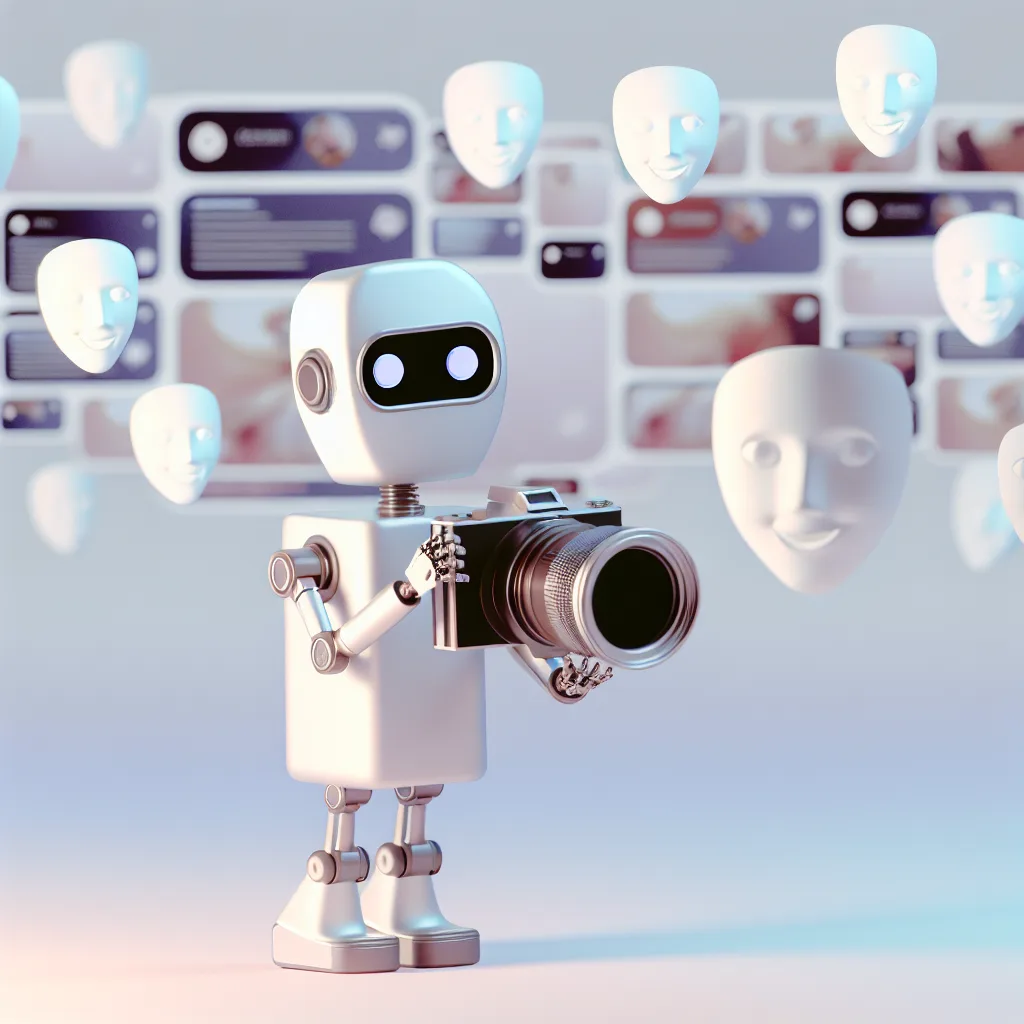Understanding the curious world of bots, AI images, and online likes in simple terms
Have you ever stumbled across AI-generated photos online and wondered why bots are the ones posting them? It’s a bit puzzling at first — why would these automated accounts bother to share pictures that aren’t even real, trying to gather likes or comments? Let’s take a moment to unpack this in clear, simple terms. This post is all about why bots posting AI photos is a thing, and what’s really going on behind the scenes.
What’s the deal with bots posting AI photos?
Bots are basically software programs designed to perform repetitive tasks automatically. When they post AI-generated images, their actions might seem random or pointless, but there’s usually a goal behind it. These bots can be part of a larger scheme to make their profiles look active and “real” to trick others into interacting with them.
Why would bots want likes and comments?
Likes and comments are more than just social media currency — they help boost visibility. Think of it like getting a little vote of confidence that pushes a post higher up in feeds or search results. Bots try to collect these interactions because increased engagement can lead to several benefits:
- Building fake popularity: It makes the bot profiles appear popular and trustworthy, potentially attracting more real users.
- Driving traffic: Sometimes the posts include links in comments or profile bios that lead to websites, ads, or scams.
- Spreading spam or misinformation: With more engagement, these posts have better chances to reach wider audiences.
How do AI-generated photos fit into this?
AI-generated photos are shiny, eye-catching, and often look surprisingly real. They grab attention faster than typical text or simple graphics. Bots use these images to increase the chance that someone will stop scrolling and interact with the post. It’s a smart way to boost engagement without needing human creativity.
What’s in it for the people behind the bots?
Behind the scenes, there might be individuals or groups running thousands of bots. Their motives can include:
- Making money through advertising clicks or redirecting traffic.
- Influencing opinions by spreading fake content.
- Harvesting personal data from unsuspecting users.
It’s not always clear exactly who is behind these bots, but their impact can be felt across many platforms, from Instagram to Twitter.
How can you spot and avoid engaging with bot posts?
Here are some quick tips to help you stay clear of bot activity:
- Watch out for profiles with a huge number of posts but very few personal details.
- Look for repetitive or generic comments across different posts.
- Be cautious about clicking on links shared by unfamiliar accounts.
If you’re curious about bots and AI, the Electronic Frontier Foundation (EFF) has some great resources explaining how bots work and their impact on online spaces.
Wrapping up: Bots posting AI photos isn’t just a quirk — it’s a tactic
So, next time you see a cool AI-generated picture that seems to come from a bot, remember there’s probably a strategy behind it. Bots posting AI photos use eye-catching visuals to attract likes and comments, which in turn help them appear more trustworthy or spread content further. Knowing this can help you navigate social media with a bit more savvy and steer clear of fake engagement.
For a deeper dive into AI-generated images and how they’re creating new challenges for social media, check out this article from MIT Technology Review.
Being aware is the first step to not getting fooled. If you want to stay updated on how technology shapes our online world, sites like Wired often have smart takes on these trends.
Thanks for sticking with me through this little explainer! This stuff can be confusing, but it’s always better sharing it over a friendly chat, don’t you think?
